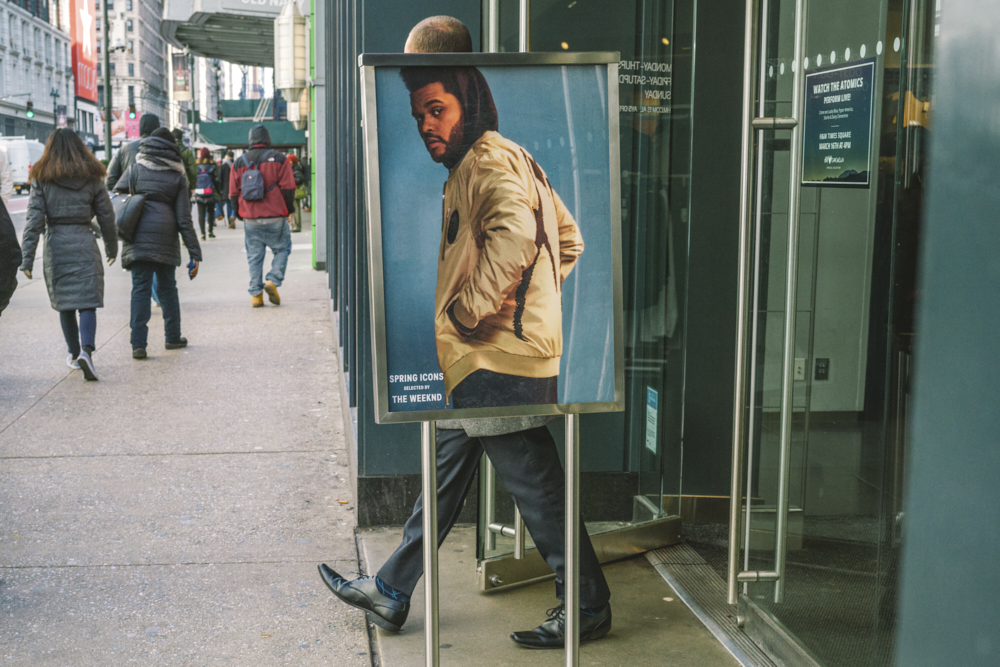Last Updated on 04/20/2017 by Chris Gampat
Recently, we teamed up with photographer Jonathan Higbee for a free, one hour Facebook Live Street Photography Tutorial on how he works a scene when it comes to street photography. During the session, we answered questions live and Jon also talked about the way he specifically works vs what many other photographers do most of the time.
A big thanks to Zeiss for sponsoring this video by loaning us the lenses
You see, Jon does something that he likes to call a Photo Wait in this Street Photography Tutorial. That means finding something really cool in a scene and waiting for people to pass by in order to interact with the scene in some way or another. There are a variety of factors involved such as:
- Colors
- Composition
- Lighting
- The people who pass by
And a number of others. Jonathan talks about how some scenes are often better than others and why. But after a while, you start to see how Jon really works a few specific scenes and comes home with lots of photos to play with in post.
Here’s the itinerary for this Street Photography Tutorial
1.) Walk around the city for a few minutes “scouting” for my next shot. All while discussing other photographers known for their photo-waiting and the impact it has on their work.
Answer live questions about scouting — what I look for when I’m hunting for my next scene, etc.
2.) At the location, “Working the Scene”
We’ll include things like:
– What I look for once I’ve found a location
⁃ My instinctual and immediate sense of what’s possible, how to “see a scene”, how to build these instincts
⁃ Obtaining the ideal mindset to get what you want
– What I like about my work that’s made in this manner
⁃ It’s all about context, environment and narrative; characters are less prioritized
⁃ Getting a clean image — attention to background and dimension is key
⁃ Technical aspects to getting the shot and working the scene in as flexible a way as possible
⁃ Camera angles — the sky’s the limit and it’s important to play with a variety
⁃ What’s in my bag
⁃ Being as present as possible to remain open to anything and thinking quickly
⁃ Intention is important, vision is important, but be ready to throw it all to the wind when something unimaginable begins to unfold before your eyes
⁃ Dealing with shyness, anxiety and insecurity when it’s obvious I’m photographing strangers
⁃ How do you know if you’ve got the shot?
⁃ What specific details to note for coming back and photographing the same spot again
⁃ Ensuring the shoot and image fits into your body of work or a specific series
– Continue shooting even if you think you already got the shot!
Check out the video at this link.



